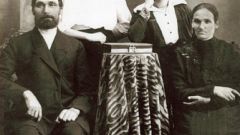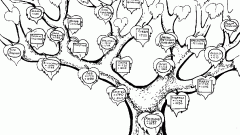Instruction
1
Start with interviewing all his relatives, especially the elderly. Don't be afraid to seem Intrusive - gray-haired grandparents are happy to plunge into the memories of his youth. However, you have to listen carefully, then to compare and analyze the information: the information collected is not always accurate, something forgotten, something acquires a new meaning. However, this should be your starting point, setting a direction.
2
Refer to the help of experts who are professionally engaged in the compilation of the genealogical tree. You
can try to do everything yourself, but it is better to work in parallel with them: for the professionals to easily open the doors of the archives, they can provide the information that will remain available to you.
can try to do everything yourself, but it is better to work in parallel with them: for the professionals to easily open the doors of the archives, they can provide the information that will remain available to you.
3
Disassemble family documents, you will surely find the letters or receipts, which are mentions of certain names of people that are your relatives.
4
Look for information in libraries: there were early references to people with your last name (surname grandmothers, great-grandmothers)? When and where it happened, whether you associate common roots? It is in order that the search was not chaotic, but focused, and you should talk with your loved ones. They will help you to understand where are more likely to live with your ancestors what to do.
5
Use the services of the large genealogical sites that allow you to find the maximum amount of information and to find their relatives, which you might not even suspect. Some of them are free database, others are commercial projects. Please note that the search for information about those who participated in wars, there are separate themed sites. Also, some resources facilitate the task of drawing up the genealogical tree, allowing you to do it with them.





